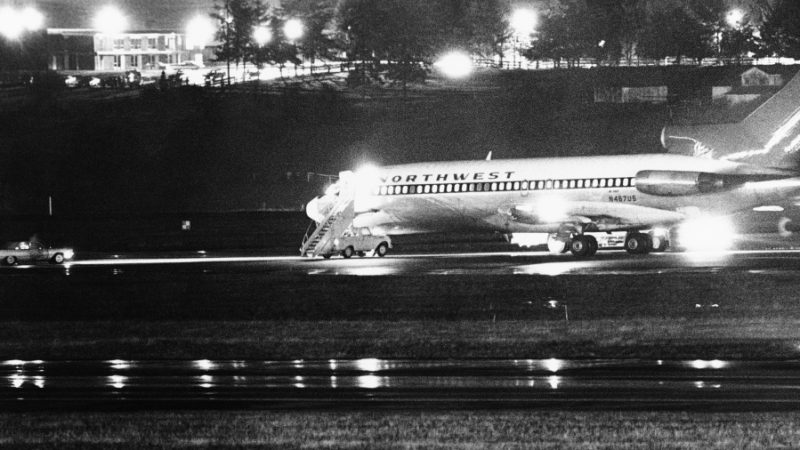The Evolution of Movie: From Silent Films to Blockbuster Hits

Movies have come a long way since their inception in the late 1800s. From silent films to the latest blockbuster hits, the movie industry has evolved significantly over the years. In this article, we will take a closer look at the evolution of movies and how they have changed over time.
The Early Days of Movies
The first motion picture was created in 1878 by Eadweard Muybridge. However, it wasn’t until the late 1800s that movies began to gain popularity. The Lumière brothers, Auguste and Louis, are credited with creating the first public screening of a motion picture in 1895. The film was only 50 seconds long and featured a train arriving at a station. Silent films dominated the movie industry until the late 1920s. These films relied on visual storytelling and used title cards to convey dialogue and other important information. The most famous silent film star was Charlie Chaplin, who starred in classics such as “The Kid” and “City Lights.”
The Introduction of Sound
In 1927, “The Jazz Singer” was released, marking the first feature-length film with synchronized sound. This innovation revolutionized the movie industry and paved the way for talkies, or movies with sound. The introduction of sound allowed for more complex storytelling and added a new dimension to movies. The 1930s and 1940s are often referred to as the Golden Age of Hollywood. During this time, studios produced classic films such as “Gone with the Wind,” “Casablanca,” and “The Wizard of Oz.” These films featured some of the biggest stars of the time, including Clark Gable, Vivien Leigh, and Judy Garland.
The Rise of Television
In the 1950s, television became a popular form of entertainment in American households. This led to a decline in movie attendance and forced studios to adapt. In response, studios began producing epic films that could not be replicated on television. These films included classics such as “Ben-Hur,” “Lawrence of Arabia,” and “The Ten Commandments.” The 1960s saw a shift towards more experimental and avant-garde films. Directors such as Stanley Kubrick, Federico Fellini, and Ingmar Bergman pushed the boundaries of traditional storytelling and created some of the most iconic films of all time. These films included “2001: A Space Odyssey,” “La Dolce Vita,” and “Persona.”
The Blockbuster Era
In the 1970s, Hollywood entered a new era with the release of “Jaws” and “Star Wars.” These films marked the beginning of the blockbuster era, where studios focused on producing big-budget films with mass appeal. This trend continued into the 1980s with films such as “E.T.,” “Indiana Jones,” and “Back to the Future.” The 1990s saw a shift towards independent filmmaking, with directors such as Quentin Tarantino and Steven Soderbergh gaining popularity. These directors created films that were edgier and more unconventional than traditional Hollywood fare. Some of the most iconic films of this era include “Pulp Fiction,” “Trainspotting,” and “The Blair Witch Project.”
The Digital Age
The turn of the millennium brought about significant changes in the movie industry. Digital technology allowed for more advanced special effects and made it easier for independent filmmakers to produce high-quality films on a smaller budget. The rise of streaming services such as Netflix and Hulu also disrupted traditional distribution models. Today, movies continue to evolve with advances in technology and changes in audience preferences. Superhero films have become a dominant force in Hollywood, with franchises such as Marvel and DC Comics producing blockbuster hits year after year. Streaming services have also become a major player in the industry, with Netflix producing critically acclaimed films such as “Roma” and “The Irishman.”
Conclusion
Movies have come a long way since their inception in the late 1800s. From silent films to blockbuster hits, the movie industry has evolved significantly over time. While technology and audience preferences continue to shape the industry, one thing remains constant: movies have the power to transport us to different worlds and tell stories that resonate with us on a deep level.






